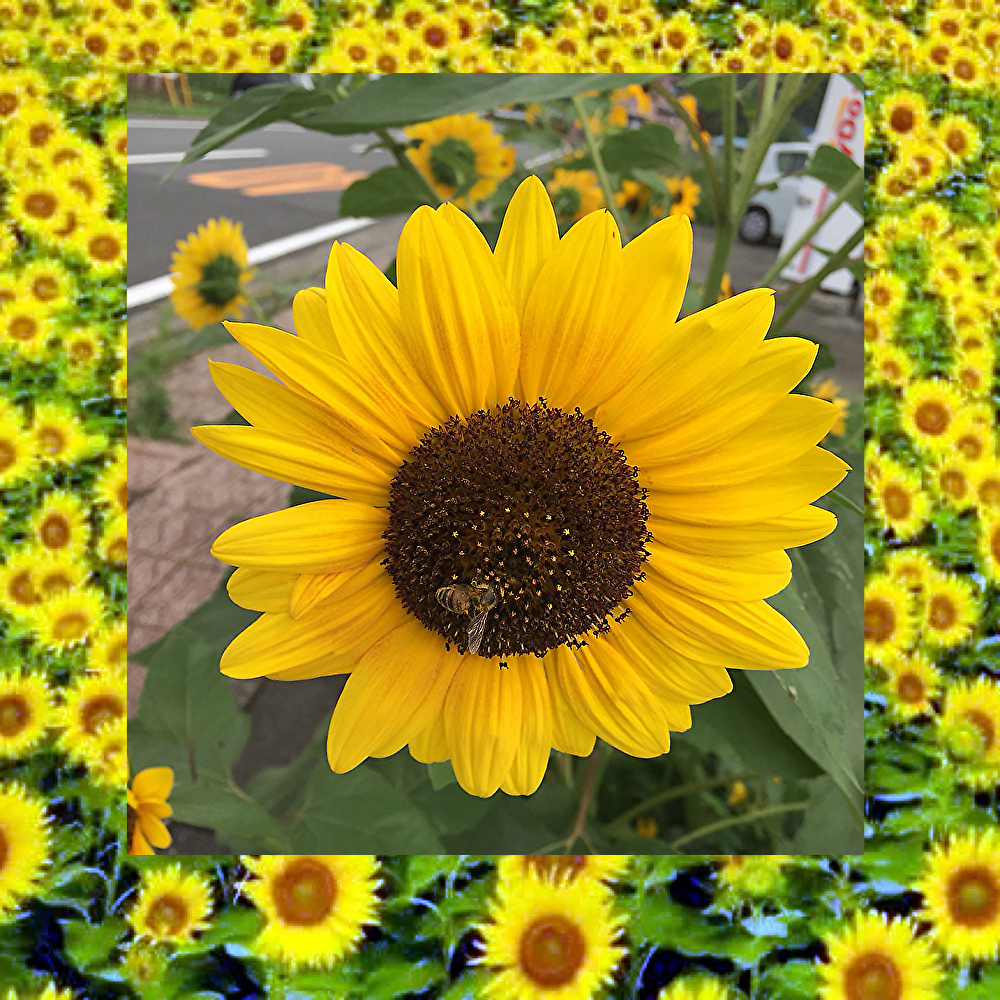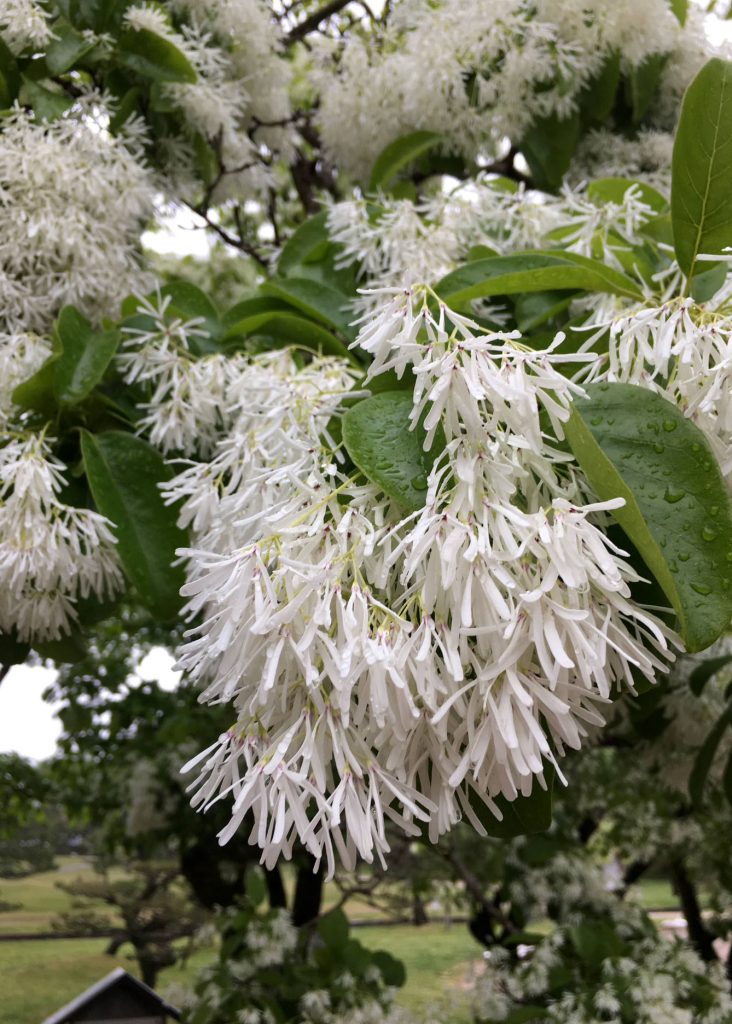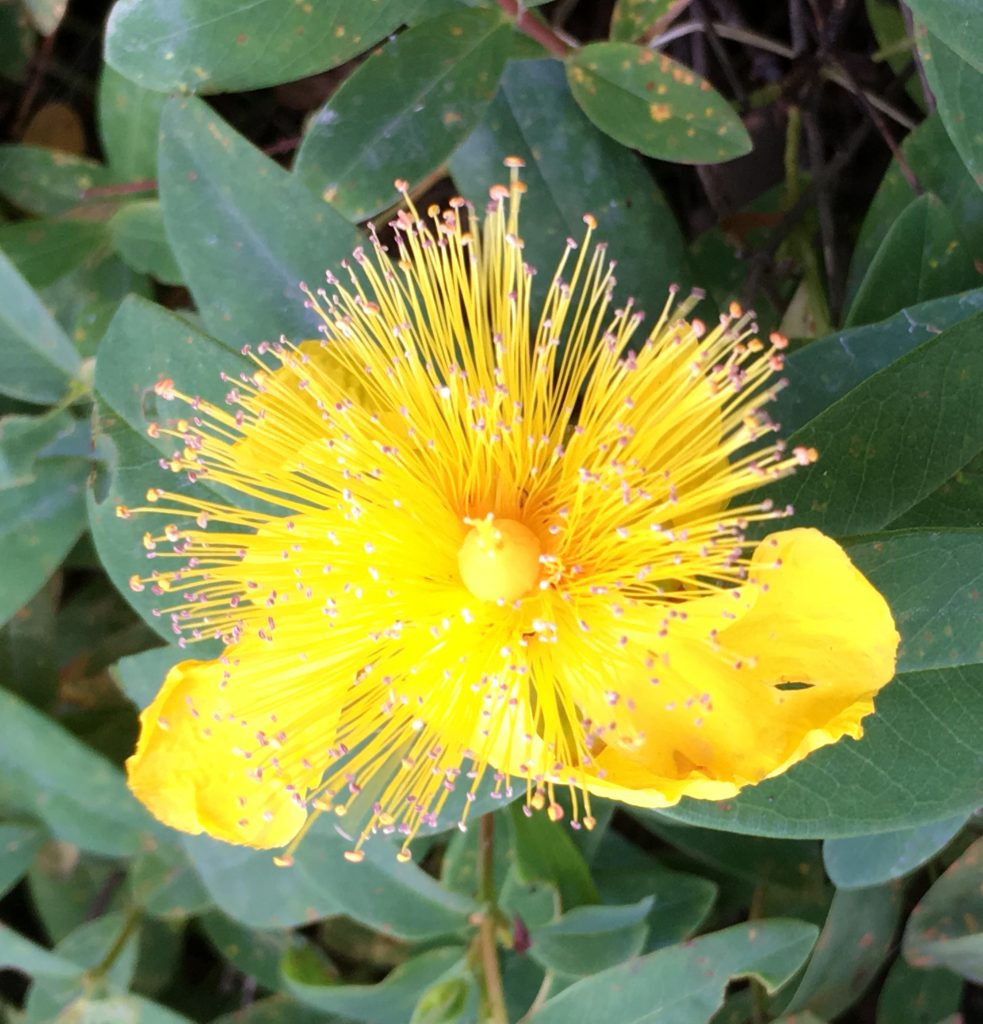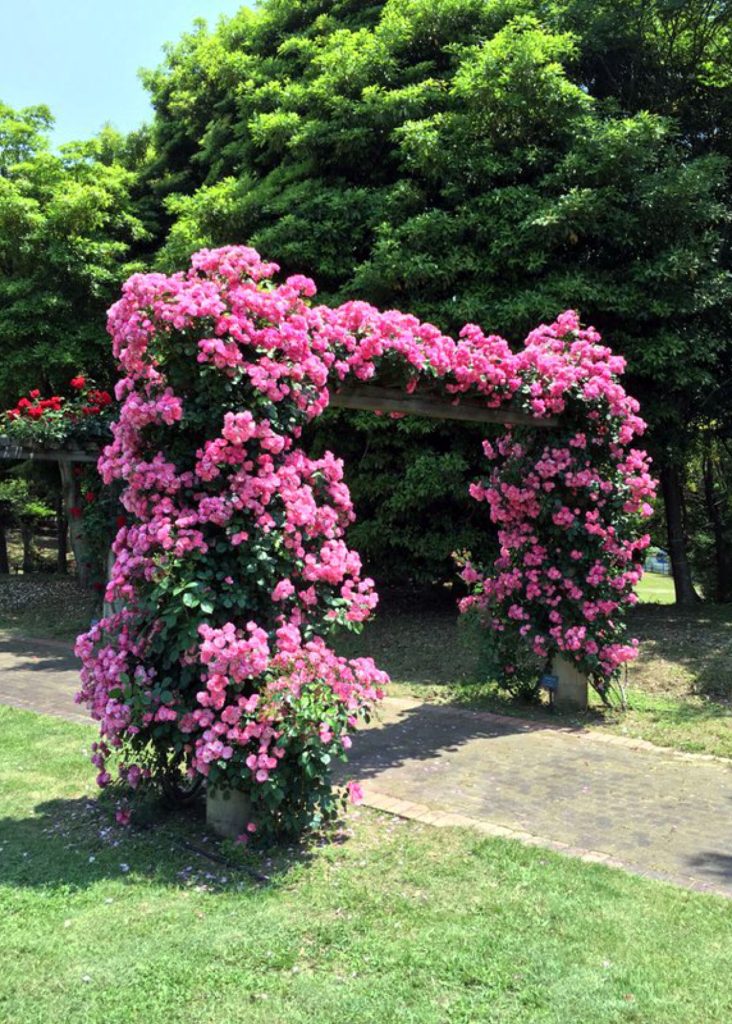
Italy during World War II. Giovanna (Sophia Loren) eagerly awaits the return of her husband Antonio (Marcello Mastroianni), who was sent to the Russian front. However, her husband does not return, and she doesn’t even receive news of his death. Overwhelmed by her emotions, Giovanna decides to travel to Russia. It was about 50 years ago when I watched the masterpiece love romance film ‘Sunflower,’ which portrays a tragic love torn apart by the war. As the poignant melody composed by Henry Mancini plays, I see the image of Giovanna, pushing through a field of sunflowers, searching for her husband. This scene now resonates with present-day Ukraine. Sunflowers are not only the national flower of Ukraine but also a symbol of resistance. It is said that the symbol gained attention after a Ukrainian woman scolded Russian soldiers, saying, ‘Carry sunflower seeds in your pockets so that flowers will bloom even if you die in battle.’ In fact, until 2022, Ukraine was the world’s largest exporter of sunflower oil, accounting for 47% of the world’s production.
第二次大戦期のイタリア。ジョヴァンナ(ソフィア・ローレン)はロシア戦線に送られた夫アントニオ(マルチェロ・マストロヤンニ)の帰りを待ちわびる。だが、夫は帰らず、戦死の知らせすら届かない。思い余ったジョヴァンナはロシアへと向かう。 戦火に引き裂かれた悲恋を描くラブ・ロマンスの名画『ひまわり』を見たのは、今から50年ほど前になります。ヘンリー・マンシーニによる哀切なメロディが流れる中、一面に広がるひまわり畑をかき分けながら夫を探し求めるジョヴァンナの姿が、今のウクライナに重なります。ひまわりはウクライナの国花であると同時に抵抗のシンボルでもあります。あるウクライナ人女性がロシア兵に「戦死しても花が咲くように、ポケットにヒマワリの種を入れなさい」と叱責する映像が広く共有されてから、抵抗のシンボルとして注目されるようになったそうです。実際、ウクライナは2022年まではひまわり油の世界で1番の輸出国で、世界の47%を占めていたそうです。









